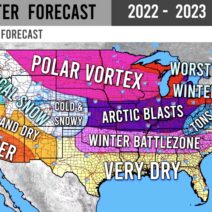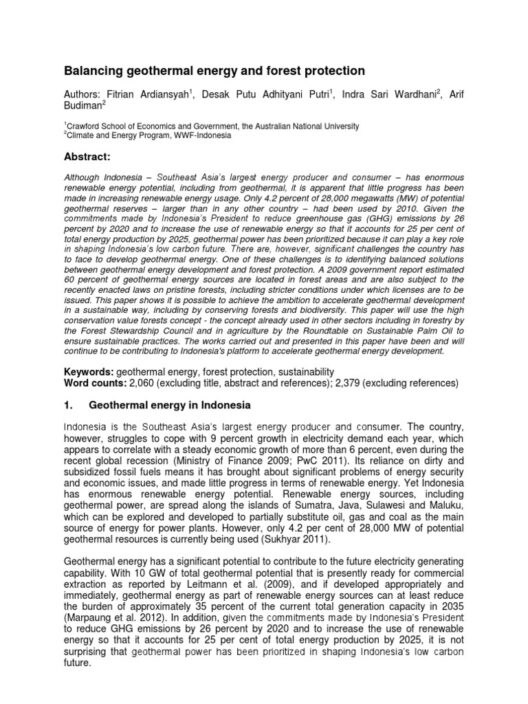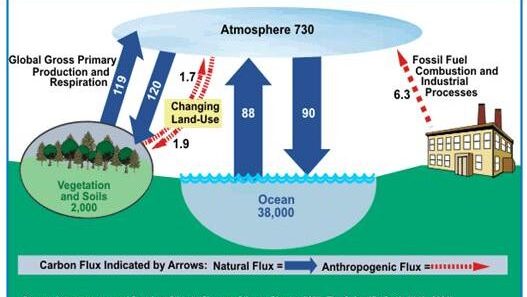Global warming, a profound challenge of our time, possesses the extraordinary capacity to alter meteorological conditions across the globe. Among these changes, precipitation patterns face significant transformations that can have dire ramifications for both ecosystems and human existence. The adage, “Rain, rain, go away,” may resonate more profoundly in a world marked by climate change, with erratic rainfall becoming the new norm. Understanding these shifts is imperative for adapting to an uncertain future.
The correlation between rising temperatures and alterations in precipitation is both intricate and compelling. As global temperatures escalate, the atmosphere holds more moisture. According to scientific research, for every degree Celsius the Earth warms, the atmosphere can retain approximately 7% more water vapor. This accelerated moisture retention leads to intensified rainfall events and extreme weather phenomena, culminating in a paradox where some regions experience torrential downpours while others suffer chronic droughts.
First, consider the geological and climatic dichotomies presented by this phenomenon. Tropical regions, often beleaguered by heavy precipitation, are likely to witness an increase in extreme rainfall events. This shift can lead to catastrophic flooding, overwhelming urban drainage systems, and triggering landslides. Conversely, arid and semi-arid regions may grapple with exacerbated drought conditions as evaporation rates surge due to elevated temperatures. The juxtaposition of flooding in some locales and drought in others exemplifies the uneven distribution of precipitation affected by global warming.
The agricultural sector stands at the frontline of these climatic vicissitudes. Variability in precipitation directly impacts crop yields, food security, and economic stability. Farming practices reliant on consistent rainfall patterns are increasingly at risk as unpredictability becomes the norm. In regions where rain is scant, agricultural adaptation strategies may prove futile without adequate water resources; conversely, excessive rainfall can contribute to soil erosion and crop devastation. The concatenation of these factors underscores the necessity for flexible agricultural practices that can adapt to an evolving climate.
The implications of shifting precipitation extend beyond agronomy. Water resource management and infrastructure development confront challenges unimagined a few decades ago. Urban areas, particularly, face escalating risks due to intensified rainfall and potential flooding. Many cities were designed with historical precipitation patterns in mind. Today, as storm surges and heavy rain become commonplace, municipal plans falter in the face of reality. Infrastructure inadequately equipped to handle such extremes can lead to public health crises stemming from waterborne diseases.
Furthermore, the environmental ramifications of altered precipitation patterns are profound. Ecosystems flourish in a delicate balance shaped by historical weather patterns. A sudden influx of rainfall can decimate habitats, lead to nutrient runoff, and create an environment conducive to invasive species. Aquatic environments, particularly freshwater ecosystems, suffer under both drought conditions and extreme flooding. Changes in salinity, temperature, and flow patterns further disrupt these vital habitats, profoundly affecting biodiversity. Species that rely on specific climatic conditions may find themselves struggling for survival in an unrecognizable world.
In the global context, some regions are likely to bear the brunt of these changes more acutely than others, raising questions of equity and justice. Vulnerable populations, often residing in developing nations, are likely to face the severest consequences. Their reliance on subsistence agriculture coupled with minimal capacity to adapt poses significant risks to food security and livelihoods. Consequently, climate-induced migration may become an increasingly prevalent phenomenon as communities seek refuge from a shrinking and uninhabitable habitat.
Policy response, therefore, assumes a crucial role in addressing the challenges posed by shifting precipitation patterns. Governments worldwide must engage in both mitigation and adaptation strategies. Investing in resilient infrastructure, implementing sustainable agricultural practices, and enhancing water management systems can help communities weather the storms of change. International cooperation is paramount as the repercussions of climate shifts transcend borders. Joint efforts to address root causes of climate change, alongside adaptive strategies tailored to specific regional needs, can facilitate a transition toward a more sustainable future.
Yet, amid these daunting challenges lies an opportunity for innovation and transformation. The evolving understanding of precipitation dynamics can foster advancements in climate science, agritech, and urban planning. Embracing green infrastructure—such as permeable pavements, green roofs, and rain gardens—can promote more sustainable urban environments. In agriculture, technologies such as precision farming and drought-resistant crops can enable better adaptation to variable weather patterns, providing a glimmer of hope in the face of adversity.
Ultimately, the way forward necessitates a re-evaluation of our relationship with water and the natural world. The prevailing narrative of abundance should give way to one of caution and respect, recognizing that water, while essential for life, can also be a formidable force with unpredictable behavior. As we confront the reality of climate change, integrating ecological health, economic stability, and social justice into our decision-making processes becomes paramount.
In closing, the world teeters on a precipice where “Rain, rain, go away?” is no longer a whimsical childhood chant but a stark reality shaped by climate shifts. The impacts of global warming on precipitation patterns urge us to rethink our actions and choices. By embracing a collaborative approach, informed by science and human experiences, societies can adapt and thrive in an ever-changing environment. The time to act is now, as the future of precipitation—and indeed, of our planet—depends on the choices we make today.








